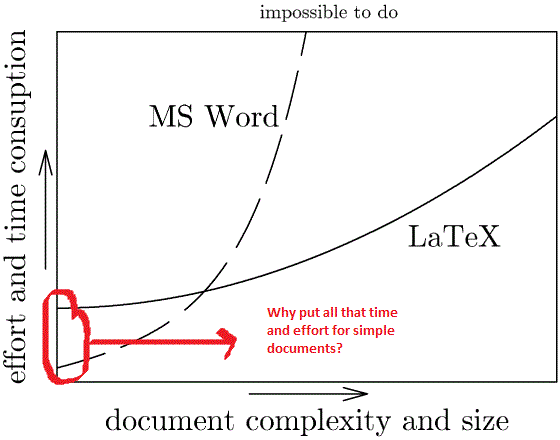Serendip is an independent site partnering with faculty at multiple colleges and universities around the world. Happy exploring!
Scientific Writing

Although writing in a natural or physical science discipline can be easily distinguished from a literary text by the subject topic, different genres of writing branch out of science as well. As a physics major and a student in other science courses, I have had a range of experience in different types of science writing. Presenting my laboratory work for an experimental physics course, an individual research project on the chaos in heart rate for classical mechanics, or a popular science report on human evolution for biology, I must say that each writing experience was unique regardless of the topic in question. The writing assignments are framed in a specific context, either by the professor or the course itself, that allow for a genre of writing. As mentioned by Debbie in class on Thursday, the different genres of writing appear as a result of the context of each sample. A sample from a magazine such as Harper’s or an academic literary essay from the PMLA fall under different genres as each addresses a different audience with different backgrounds on the topic. Other writing samples cannot be understood out of a historical or political context at which they were originally written. Whether a science paper is to be published in Scientific American or the Physical Review Letters does create separate genres in scientific writing as a result of the expected audience and their varying technical and science background. A popular science paper will describe the methodology and experimental work to some extent but it will not include the technical jargon of the experimental setup and the ongoing experimental error analysis that appear in a scientific research article.
The digital media that are used in publishing scientific papers also define varying genres of writing. For example, when writing the human evolution science report for the introductory biology course, I simply used Microsoft Word to format my essay. On the other hand, the experimental physics course required LaTeX, a typesetting system used in the mathematical and physical science academia, for my final research paper. Although anyone can eventually learn how to use it, it is an annoying process to figure out the error in formatting and make sense out of the jargon used. The final versions of the different science writings on paper easily segregate the genres. The LaTeX final typeset version appears in a (sometimes double-column) tiny font format with much more words in one single page than a few MS Word-formatted pages. It is not a leisurely read. In this sense, the different genres of science writing are distinguished by how they are published for their respective audiences.

Courtesy of: http://www.johndcook.com/blog/2008/04/03/microsoft-word-and-latex/
Note Red Highlight: graphical representation of how
complex and time-consuming LaTeX formatting is.


